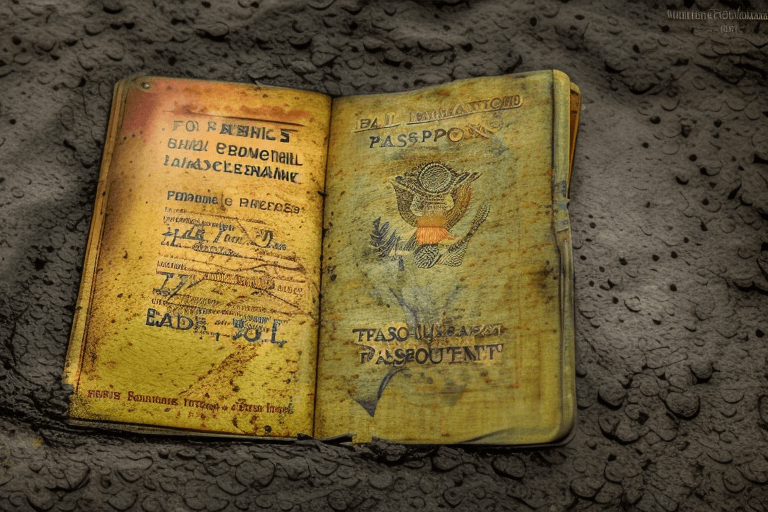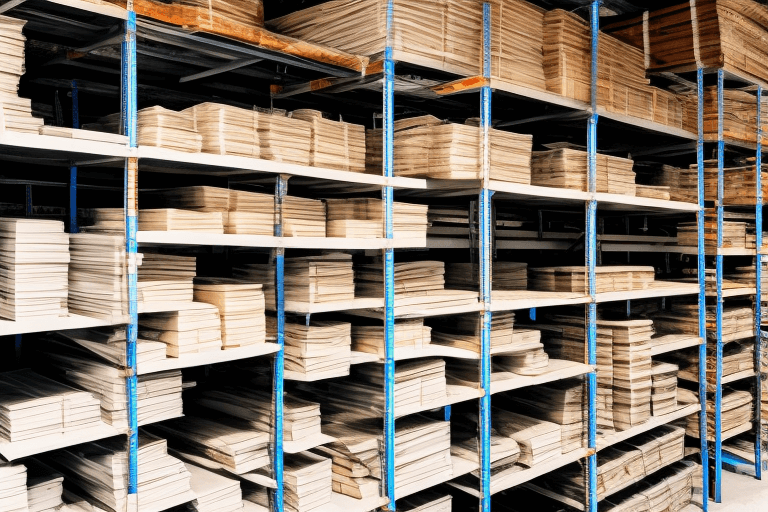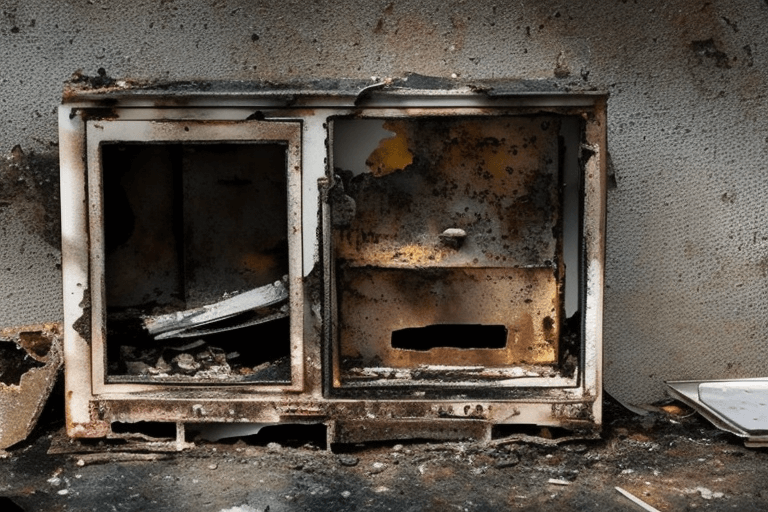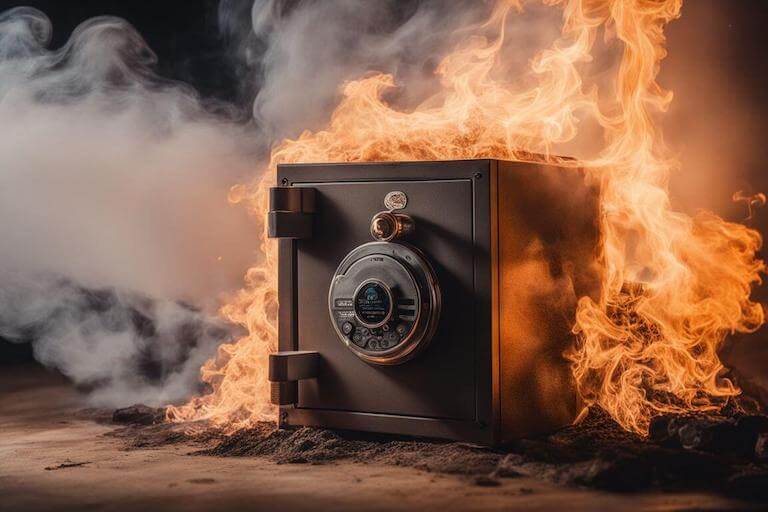
How to Prevent (or Deal With) Mold in a Fireproof Safe
A fireproof safe is an invaluable asset for protecting essential documents and prized possessions. However, ensuring that its contents remain undamaged requires more than just locking it up.
One common issue that safe owners face is the growth of mold within the safe, which can potentially ruin its contents.
This comprehensive guide will walk you through the steps to prevent mold in a fireproof safe effectively, and how to deal with it if it's too late.
Understanding the Mold Problem
Mold is a type of fungus that thrives in humid conditions and can be harmful to both your health and the items stored in your safe.
Mold spores can latch onto paper, leather, and fabric, causing discoloration, musty odors, and even structural damage.
Why Does Mold Grow in Safes?
Fireproof safes, due to their design, are well-insulated and airtight, making them prone to trapping moisture inside.
This trapped moisture creates the perfect breeding ground for mold and mildew, especially when the safe's contents, such as paper documents, serve as a food source.
Best Practices to Prevent Mold in Your Safe
Preventing mold in your safe involves regular maintenance and the use of moisture absorbers. Here are some of the best practices to keep your safe mold-free:
Regular Airing Out
One of the most effective ways to prevent mold is to air out your safe regularly. It's recommended to open your safe every two weeks and let it air out for at least 20 minutes.
This practice helps to reduce the humidity level within the safe and prevent the growth of mold.
Use of Moisture Absorbers
Using a moisture absorber for safes is another effective way to prevent mold growth.
Desiccants, such as silica gel packets, charcoal, baking powder, rice or even cat litter are some of the best ways to absorb the excess moisture within the safe and reduce any odors. Just be sure to replace these very 6 months.
Electric dehumidifiers can be useful, especially for larger safes or if you live in an area with high humidity levels.
Proper Storage of Items
Before storing items, especially delicate ones like photographs, jewelry, or important documents, consider placing them in airtight containers or bags.
This extra layer of protection prevents moisture from reaching these items, thereby protecting them from potential mold damage.
Regular Inspection and Cleaning
Regular inspection and cleaning are crucial to prevent mold in a fireproof safe. Check your safe for any signs of moisture or mold, and clean it regularly with a mild cleaner.
Avoid using harsh chemicals or bleach, as these can damage the safe's interior.
Store in a Dry Location
The location of your safe also plays a significant role in mold prevention.
Ideally, choose a dry, well-ventilated location for your safe. Avoid keeping your safe in high-humidity areas like bathrooms.
That said, whilst often being humid, basements can make for an ideal location based on other factors, such as being discreet, having concrete floor and no risk of the floor collapsing. Just be sure to pay extra attention to the risk of mold in this location and do what you can to mitigate the risk.
What to Do When Mold Appears in Your Safe
Despite your best efforts, you might still encounter mold in your safe. If this happens, it's important to act quickly to prevent further damage to your belongings.
Remove and Clean Contents
Immediately remove the moldy items from your safe and let them air out in a dry environment with good air circulation. Clean these items as appropriate, using gentle, effective cleaning techniques that won't cause further damage.
Clean the Safe
Clean the interior of your safe using a mild, bleach-based cleaner to kill the mold. During the cleaning process, inspect your safe for any areas that might have allowed moisture to enter, such as damaged seals.
Seek Professional Help
If mold has affected delicate or irreplaceable items like important documents or antique jewelry, it might be worth getting a professional restoration service involved. They have the expertise to clean and restore such items without causing further damage.
In Conclusion
Understanding how to prevent mold in a fireproof safe is crucial for maintaining the integrity of your valuable items.
Regular airing out, use of moisture absorbers, proper storage, and regular cleaning can all help keep your safe mold-free.
If mold does appear, act quickly to remove and clean the moldy items, clean your safe, and seek professional help if necessary. Remember, the key to preventing mold in a safe is to control the humidity level within the safe effectively.



